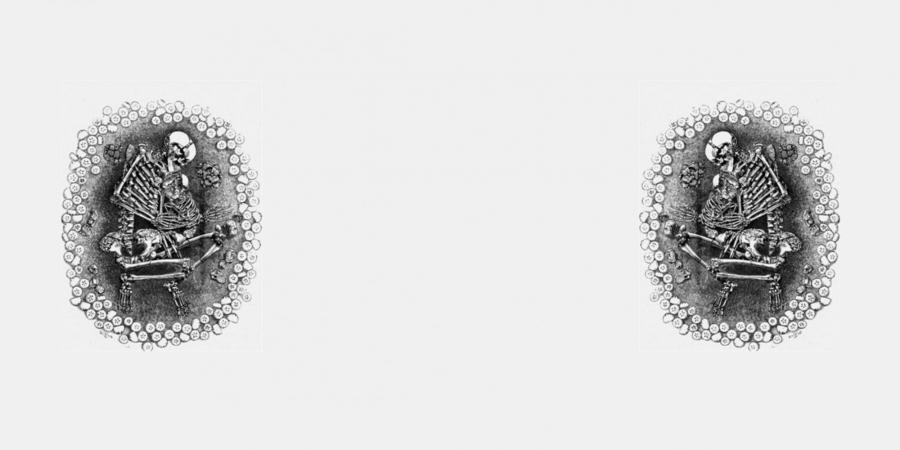Last month, we attended a very informative day of talks on the theme of Ecofacts as artefacts, which covered fossils, plant-based items, animal bones and fungi, which has influenced our daily working practices. The seminar was organised by the Chartered Institute for Archaeologists (CIfA) Finds Group and was held at the Birmingham and Midland Institute.
Most of us have seen fossils, either on site or in bulk sediment sample residues, and they’re always interesting. Certain types of fossil still hold a fascination for us today. Think of the crinoids that have a perforated middle, the bullet-shaped belemnites, the polished echinoids. So, what’s to say that no one thought that in the past? Because people might have collected and deposited items on purpose, we are now revising, even more carefully, our fossil retention policies during sample processing at the Environmental department.
We’re all familiar with the concept of worked bone, but waste pieces are informative as well. They can give us information about the size of the animal, the size and shape of the tools used and the stages of working. Certain types of wear pattern on bones can lead to many a discussion about types of industry that could result in these distinctive markings. A definite argument for the use of experimental archaeology.
Fungi aren’t something that we encounter much, if at all, on the average archaeological site. So, how do we preserve it? Again, experimentation has the answers we seek.
Items manufactured from plants such as wreaths, buckets, fish traps, even bread, have been uncovered on many sites. The manufacture of specific items, their placement and the associations that they have all represent behaviour. So, we need to conserve them for future research.
We need to expand our thinking to consider everything as a potential object. And, we all need to talk to each other more about what we find. We also need to make sure that we are recording everything – even if we don’t understand it right now, we need to leave all our information for future archaeologists.
Interesting ‘food’ for thought!
